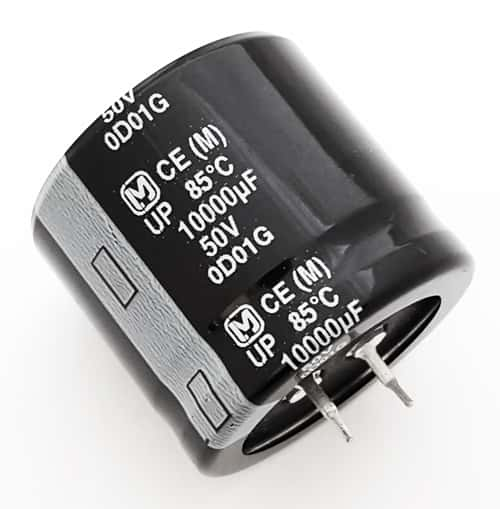Okay, so I've recapped a ton of monitors before, but now I'm going through a pair of XM29s. More boards, more components, and unlike arcade monitors where there's a big filter cap sometimes, there are a dozen or two very large caps.
Should I be worried (beyond fitment) that I get the same size caps physically, or is it a non issue?
Should I be worried (beyond fitment) that I get the same size caps physically, or is it a non issue?


